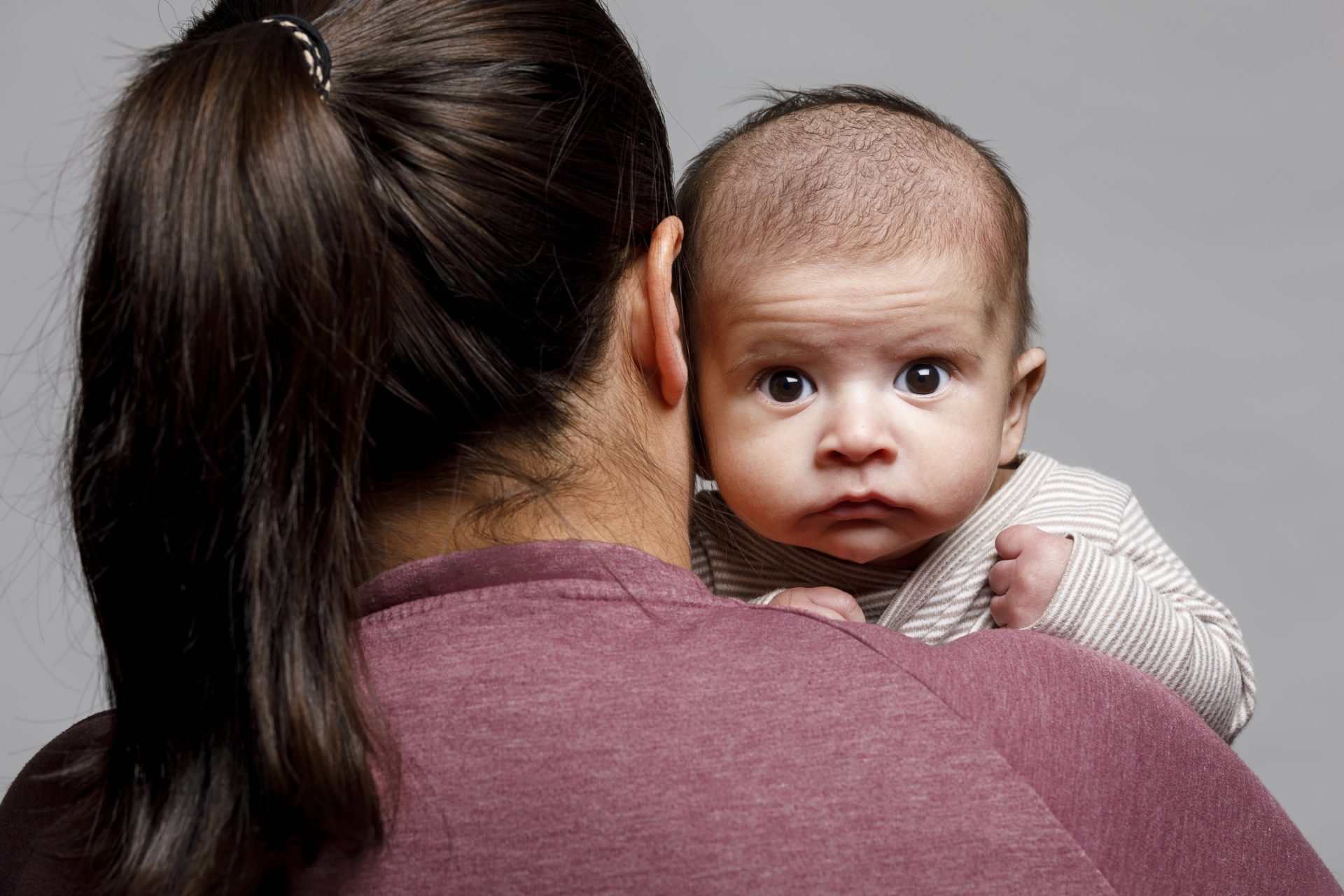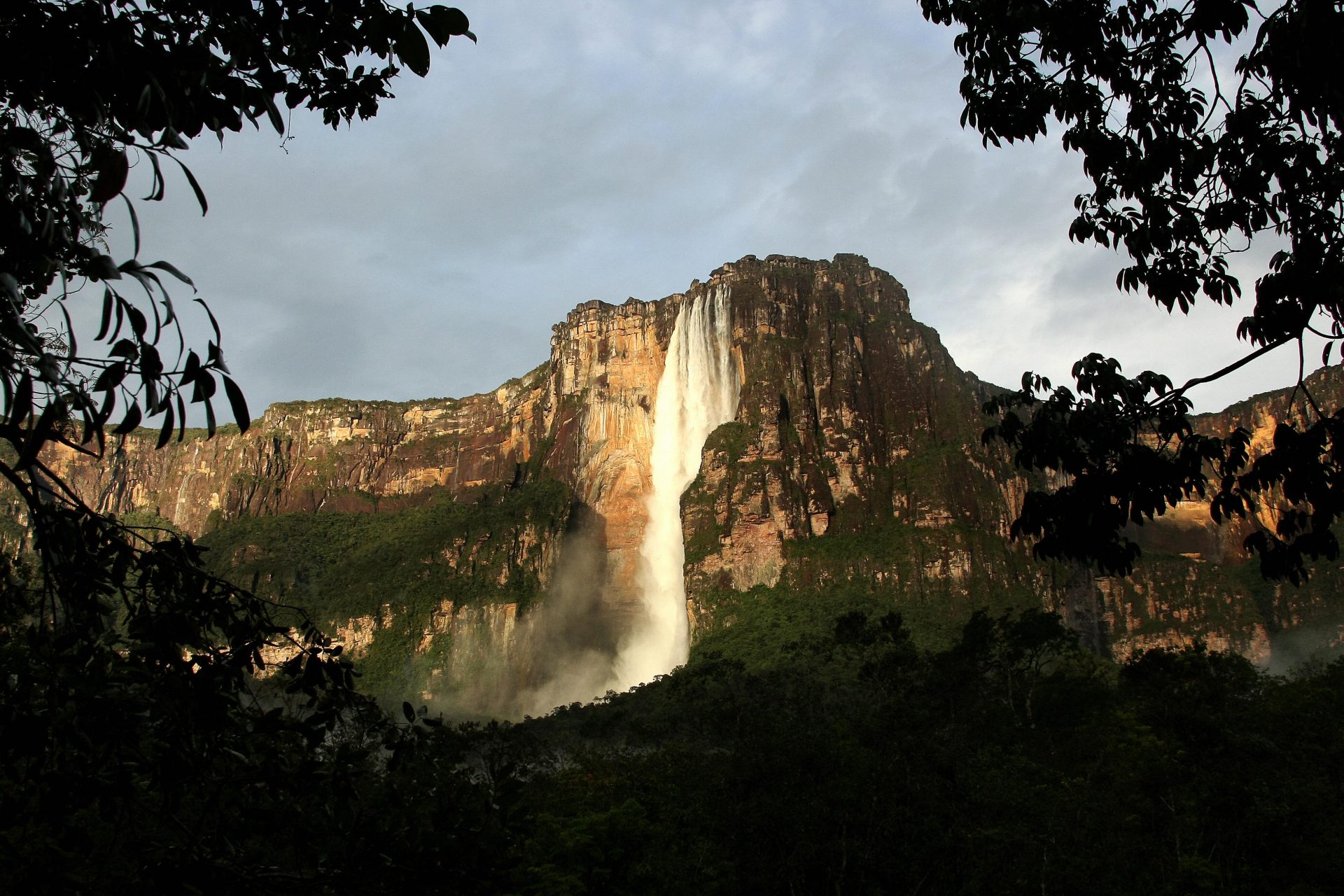India: the latest on its Covid-19 outbreak
Thousands and thousands of deaths and infections every day, causing mass cremations, overflowing hospitals, and a distressing lack of oxygen to alleviate ill people's suffering... India is at the epicentre of a pandemic that vaccination was about to help control. What's happening in the country?
The number of infections in India is estimated at 300,000 per day. However, the New York Times reports that experts consider this figure as merely the tip of the iceberg. The number of actual infections is probably much higher.
The mortality rate of this pandemic wave in India is around 2,000 deaths per day.
The images of horror sweep and frighten the world: How is it possible, many people ask, that COVID-19 is so destructive in India, when vaccines are available and there is considerable knowledge about the virus and how to protect ourselves from it?
For India, this is a second wave of the pandemic. Analysts believe its virulence has to do precisely with how relatively mild the first wave was. COVID-19 reached India in July and August 2020, peaked in September, and then declined. Thinking it was all over, the authorities loosened their security measures.
The public appeared optimistic that India might have achieved a collective immunity to protect itself from the virus. But then.... the numbers of infections began to rise. First slowly, and then at an absolutely dizzying rate.
People wait outside hospitals to be treated. The Indian health system cannot cope with the number of sick people who come in, fighting for their lives.
Then there is the potential danger posed by the new variant that is spreading in India: is this the cause of the huge pandemic wave engulfing the country? The Indian variant, according to scientists, is more contagious and, according to some very early studies, it may even be able to circumvent the antibodies of people who have already had the disease or been vaccinated.
However, little is known about the new variant and some scientists do not believe that it is the main cause of the hell India is going through. The fact that the illness is dominant in a country covering almost a continent in terms of size and population - almost 1.4 billion - may indicate that there are other important factors.
Scientists believe that people had become overconfident. Not enough measures like safety distance, gels, and masks had been applied. As a result, the population density and lifestyle had created all the necessary conditions for an outbreak.
One of the most striking details of the crisis in India is the lack of oxygen. It has become a scarce commodity, compounding the drama in the hospitals.
The shortage of oxygen has led many people in India to buy cylinders for private use through irregular markets. The Ministry of Health appealed to the public to stop this practice as "it is creating panic and causing shortages."
Various NGOs have launched campaigns to help India get oxygen for its patients from all over the world. For example, the San Vicente Ferrer Foundation in Spain has launched the Oxygen for India campaign.
Some also point out that the pace of vaccination in India is slow and that it is therefore difficult to curb coronavirus outbreaks.
Tragedy can be seen on the streets of India's major cities. COVID-19 strikes mercilessly.
It is common to see COVID-19 patients waiting to be admitted to hospitals where beds are scarce.
Meanwhile, oxygen cylinders are transported as a precious commodity. Health authorities insist that buying them privately is absurd: they are for hospital use, not something that can easily be administered in a private home.
There are places in India where cremations are being carried out 24 hours a day, non-stop, due to the rate of deaths.
India is a wake-up call to the world: although vaccination is underway and even almost complete in some places, we cannot let our guard down.
Despite the occurrence of 'pandemic fatigue' and the yearning for freedom and joy in many countries, the world should continue to exercise caution. Certain security and control measures must be maintained, because the danger of a new variant circumventing vaccines is real.
India's suffering from COVID-19, as well as that of countries such as Brazil, could reach other parts of the world, scientists warn. It may spread to African nations that have so far not been hit hard by the coronavirus.
Vaccination and prevention are the weapons with which India will succeed in stopping COVID-19. They are the same weapons with which the entire planet is battling the coronavirus in all its varieties.

































